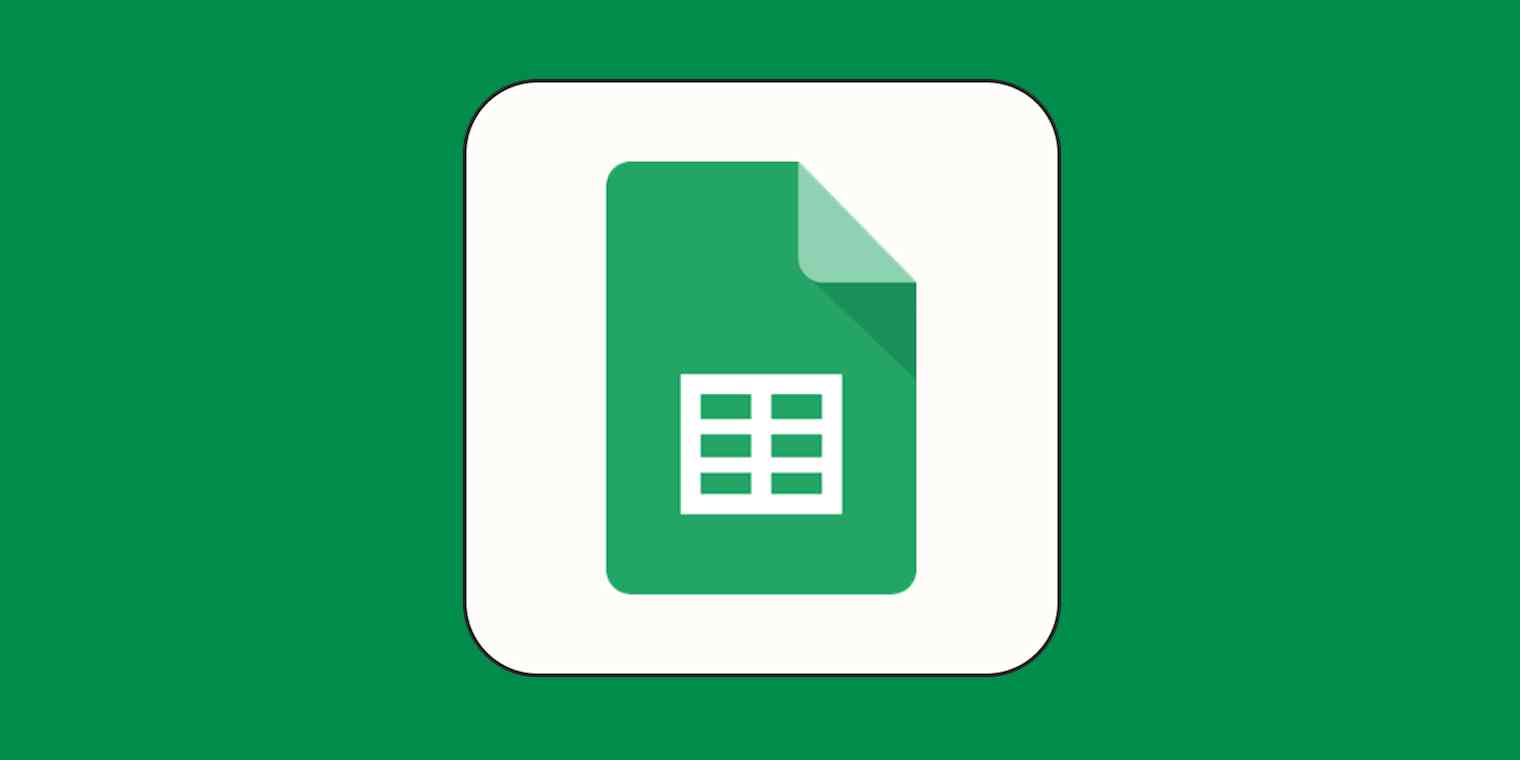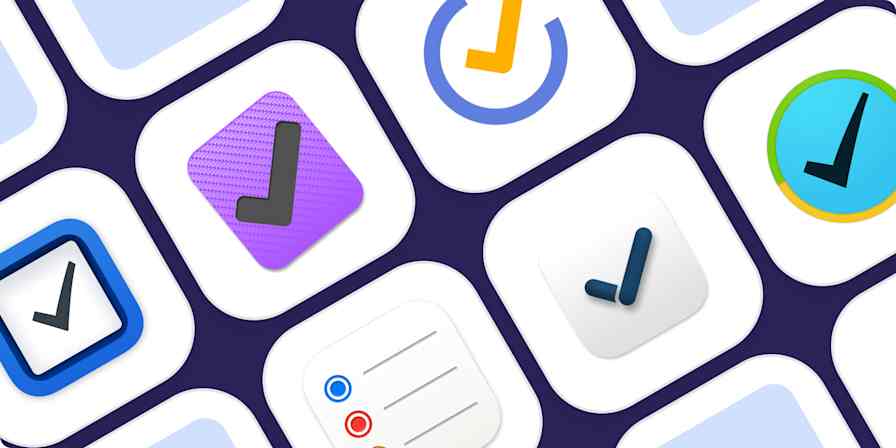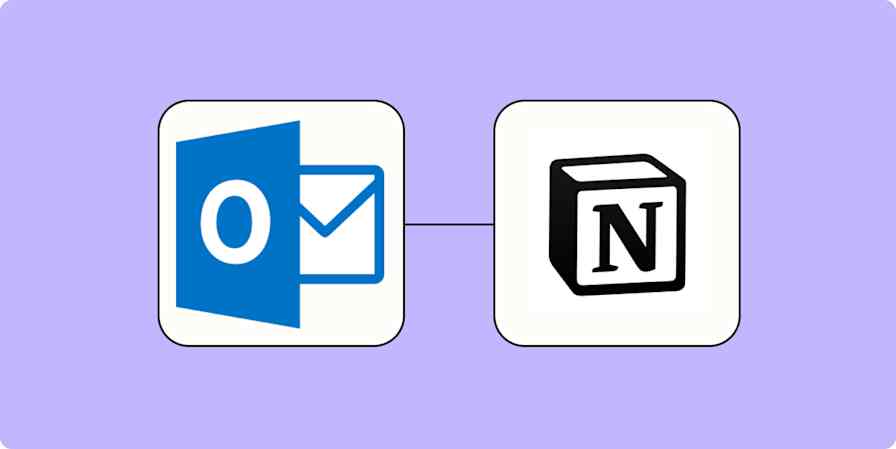App tips
6 min readWhy Google Sheets should be your to-do list (with template)
By Deb Tennen · November 8, 2023

Get productivity tips delivered straight to your inbox
We’ll email you 1-3 times per week—and never share your information.
mentioned apps
Related articles
Improve your productivity automatically. Use Zapier to get your apps working together.








